
Ramblings from the AEO’s Panel – Part 14
Barry Masefield was the Air Electronics Officer (AEO) for Vulcan XH558 and had flown in this iconic aircraft for over 30 years, also being a
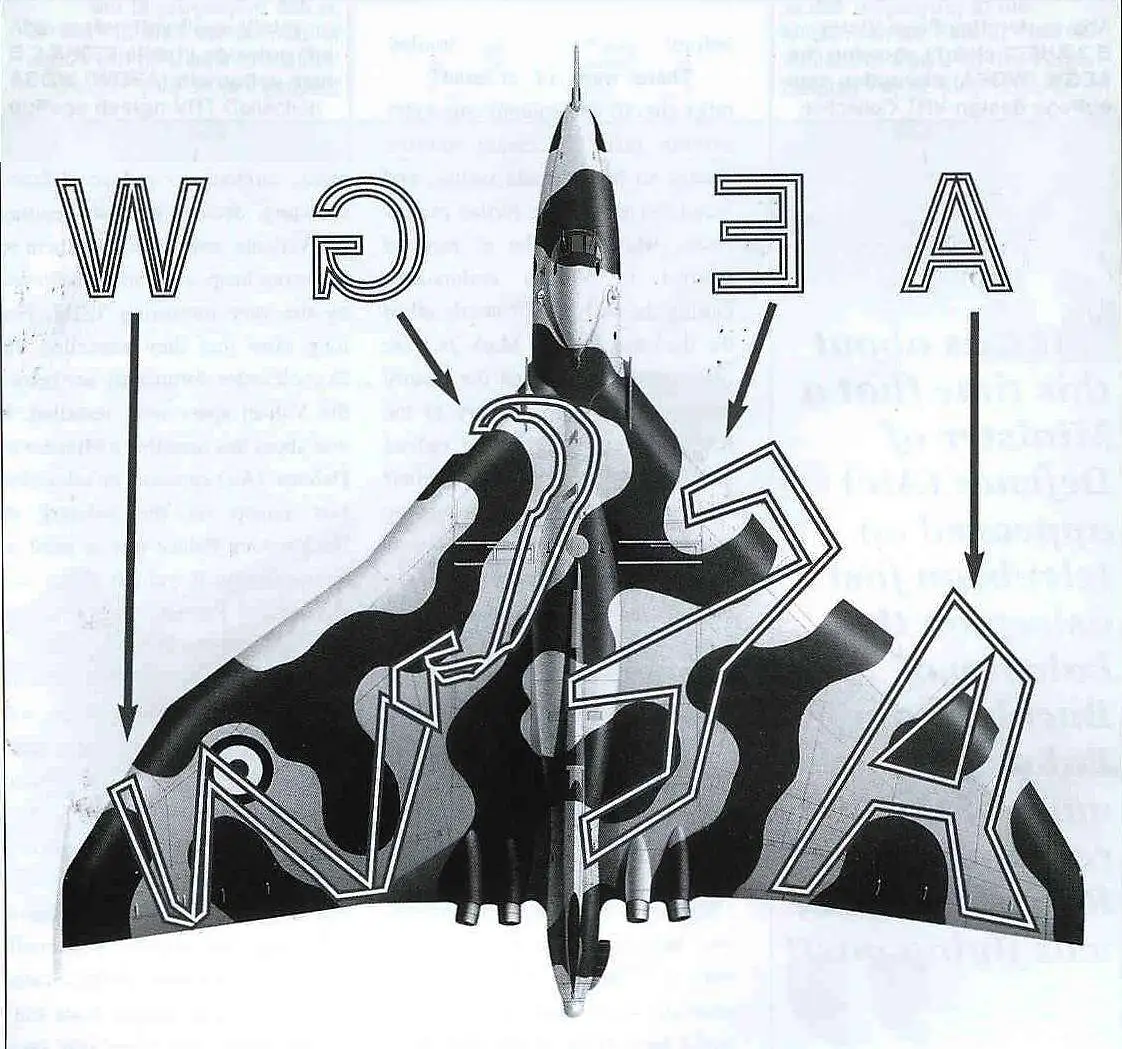
I came across the story of how the Vulcan camouflage scheme originated, when I was on my first Vulcan tour as a co-pilot on IX Sqn at RAF Akrotiri. It was told to me by my Captain, Wg Cdr Ron Dick, who was the Officer Commanding IX Squadron from 1970-72. Ron Dick is also known to many of the Vulcan to the Sky volunteers, as he was the captain of Vulcan XL388 in May 1963 which was given the name ‘Mayflower III’ for a visit to Boston, Mass, USA carrying greetings from Boston, Lincs. The front end of this aircraft having been refurbished by a number of our volunteers a couple of years ago, and is now proudly displayed at the South Yorkshire Air Museum (SYAM).
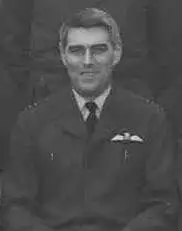
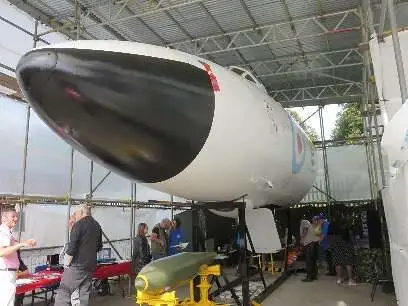
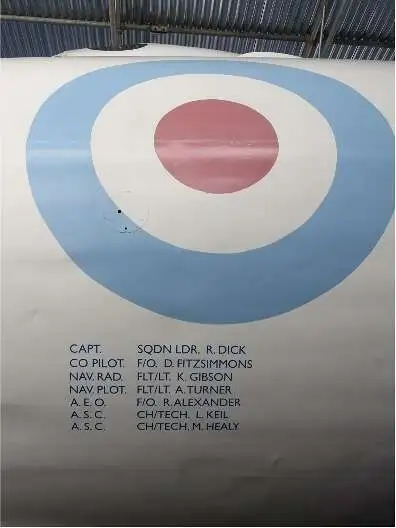
On 1 May 1960, a United States U-2 spy plane was shot down by the Soviet Air Defence Forces while conducting photographic aerial reconnaissance deep inside Soviet territory. The single-seat aircraft, flown by American pilot Francis Gary Powers, had taken off from Peshawar, Pakistan, and crashed near Sverdlovsk (present-day Yekaterinburg), after being hit by a SA-2 (Guideline) surface-to-air missile. Powers parachuted to the ground safely and was captured. This advancing in Soviet SAM technology meant the V-Force could no longer rely on speed and height for protection, and, hence, the Vulcan tactics were changed in the early 1960s from high level to low level attacks with penetration below enemy radar cover. This change required the Vulcans to be camourflaged as the original white anti flash paint-scheme could easily be seen at low level.
Ron Dick was serving as a Sqn Ldr in Air Operations in MOD at the time, and he related the story to me that the job of camouflaging the Vulcan was given to Wg Cdr Allan Woods in an adjacent office in 1963. Apparently the Wg Cdr approached the Army to see if there was a standard camouflage scheme, but nothing existed. So he decided to make up his own scheme by drawing his 4 initials A, E, G, W backwards with fudged edges on the outline of a Vulcan (see diagram), which was then, unbelievably, accepted as the standard camouflage pattern for the whole Vulcan fleet!
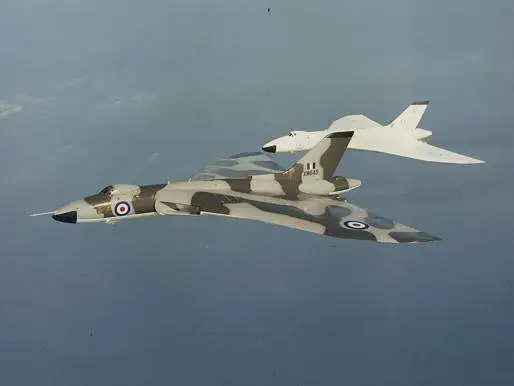
From the mid-1960s onwards, the Vulcan’s white paint-scheme was then replaced by green and grey camouflage. Initially retaining the white finish on the underside, but this was soon superseded initially with a light grey finish, then dark grey, and eventually the wrap around camouflage such on XH558.

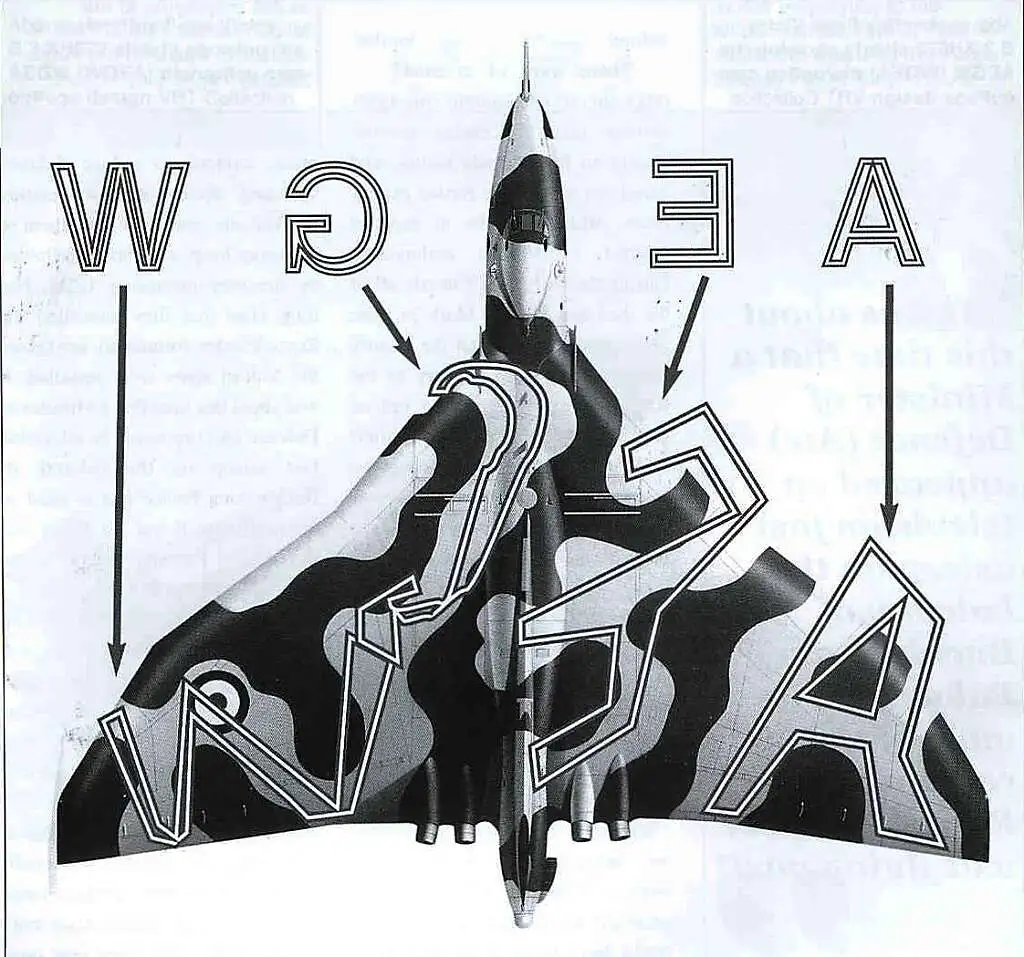
If anyone wishes to see a complete Vulcan today in in the white paint scheme, a visit to the Avro Museum at Woodford is recommended where you will find XM603 which I flew on a number occasions at RAF Waddington in the late 1970s.
As a footnote: Ron Dick spent 38 years in the RAF retiring in 1988 as an Air Vice Marshal from being the Head of British Defence Staff at the British Embassy in Washington DC. He flew over 5000 hours in 60 types of aircraft, and was recognised as an exceptionally skilful pilot in both fighters and bombers. Sadly Ron died in 2008 at the age of 76.

Wg cdr (retd) Adrian Sumner

Barry Masefield was the Air Electronics Officer (AEO) for Vulcan XH558 and had flown in this iconic aircraft for over 30 years, also being a
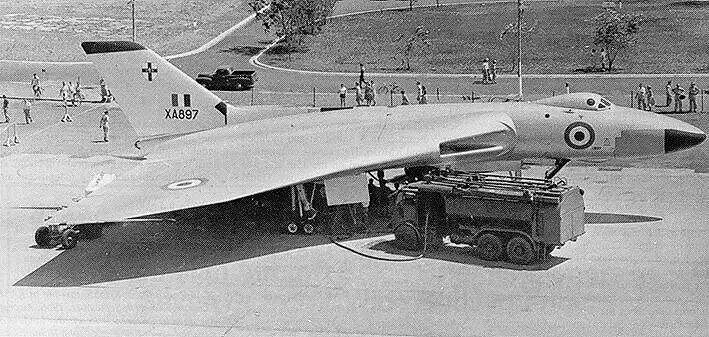
On Saturday 30 August 1952, history was made as Avro Type 698, VX770, took to the sky for the first time. It was the prototype
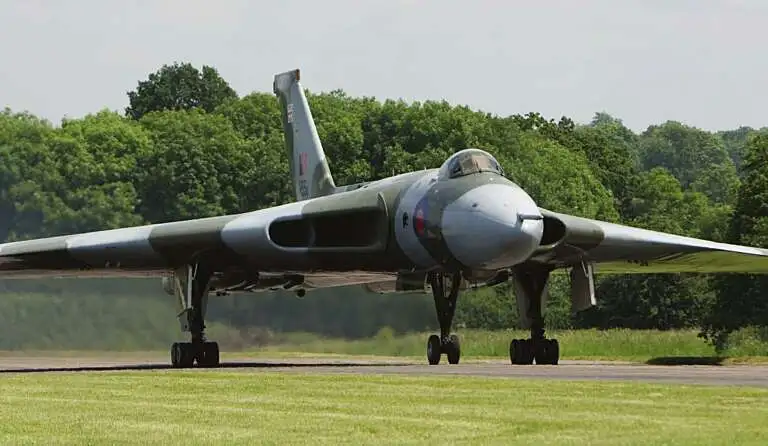
The race was on again to prepare XH558 for the 2009 airshow season. A host of servicing requirements awaited the attentions of the Trust’s engineering
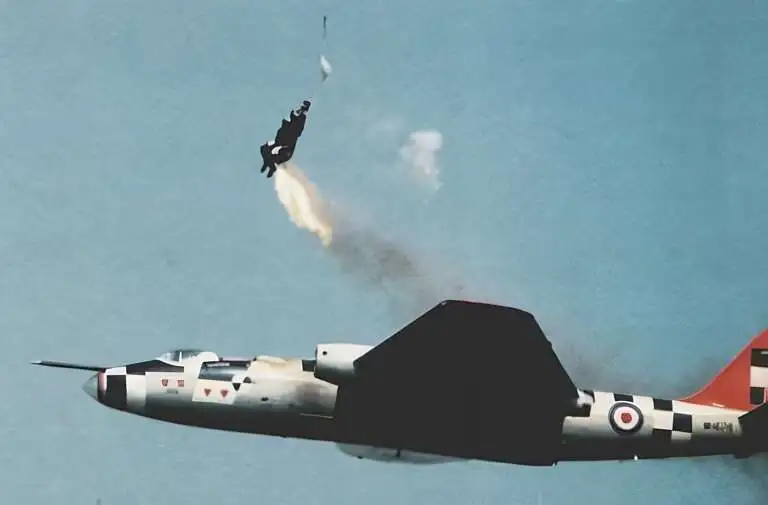
Navigator training in 1953-55 Navigator training was carried out at Air Navigation schools in Hullavington and Bishop’s Court (Ulster). The basic air training was carried